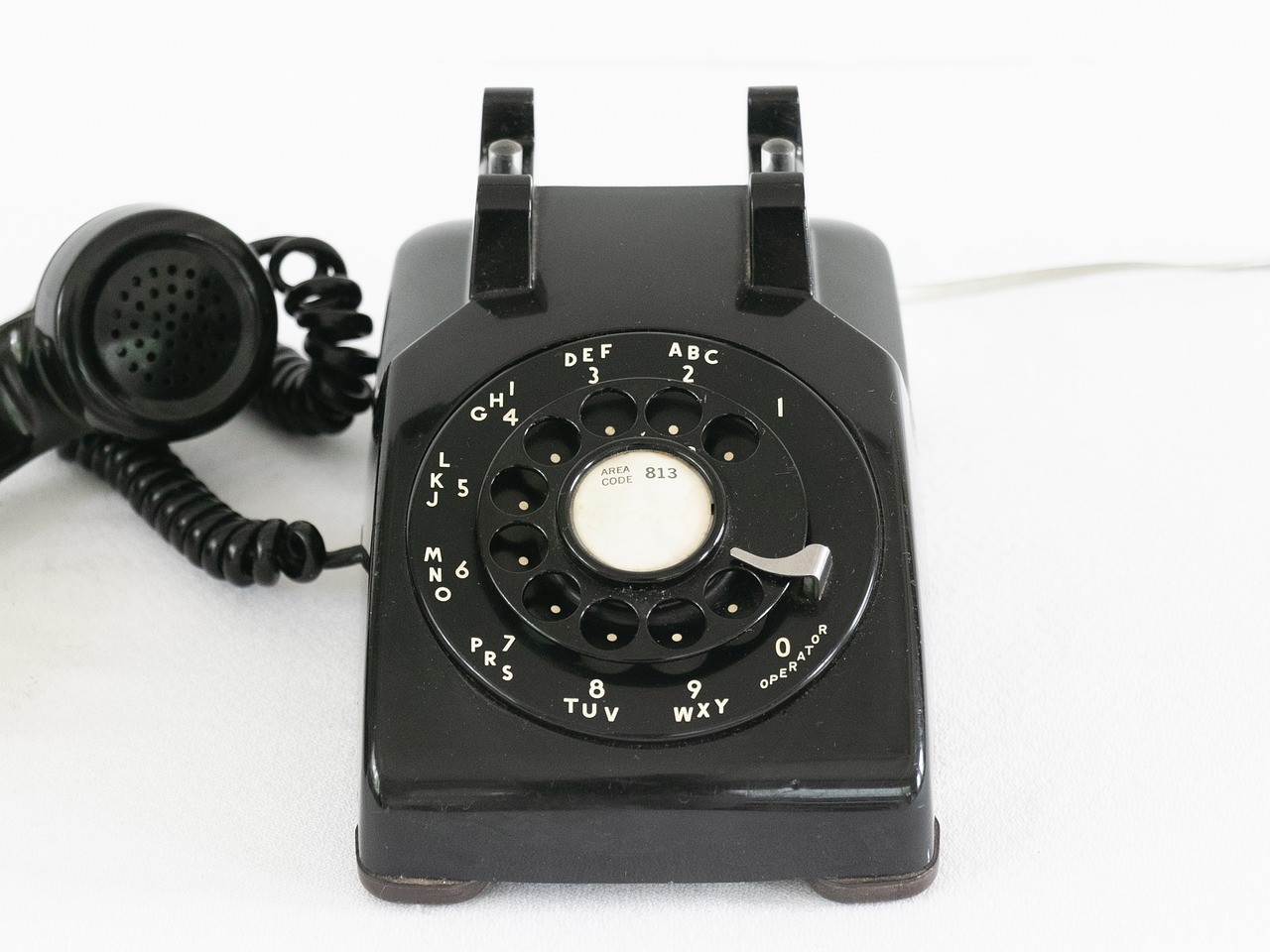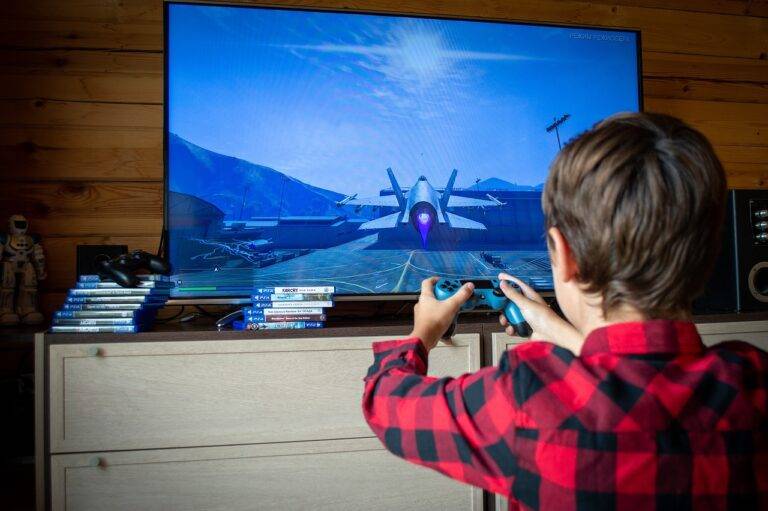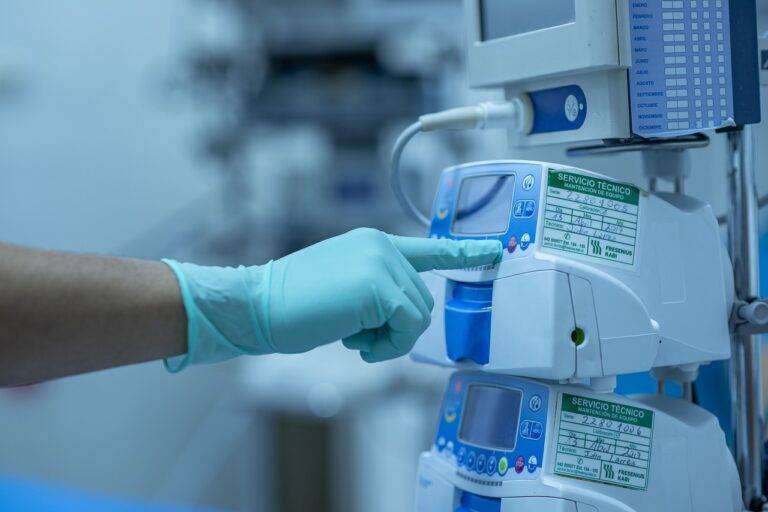Tech Advancements in Medical Devices
It is fascinating to witness the rapid advancements in medical imaging technology in recent years. The evolution of imaging modalities such as magnetic resonance imaging (MRI), computed tomography (CT), and ultrasound has revolutionized the way healthcare professionals diagnose and treat various medical conditions. These innovations have not only enhanced the accuracy and efficiency of diagnostic processes but have also paved the way for more personalized and targeted treatment plans for patients.
One of the most notable breakthroughs in medical imaging is the development of 3D imaging techniques, allowing for more detailed and comprehensive visualization of internal structures and organs. This improved spatial resolution has significantly improved the ability to detect and characterize abnormalities, leading to earlier diagnosis and better treatment outcomes. Additionally, the integration of artificial intelligence algorithms into medical imaging systems has further enhanced the speed and accuracy of image analysis, making it possible to detect subtle changes that may have been overlooked in the past.
Implantable Technology Breakthroughs
Implantable technology breakthroughs have revolutionized the field of healthcare, offering cutting-edge solutions for a wide range of medical conditions. Advancements in implantable devices have paved the way for more precise and effective treatments, improving patient outcomes and quality of life.
From pacemakers that regulate heart rhythms to cochlear implants that restore hearing, implantable technologies continue to address complex health issues with incredible accuracy and efficiency. These devices represent a remarkable fusion of medical expertise and technological innovation, showcasing the potential for ongoing progress in the realm of healthcare.
Remote Monitoring Systems
With the rapid advancements in technology, remote monitoring systems have revolutionized the way healthcare professionals can track and manage patients’ health outside of traditional healthcare settings. These innovative systems utilize various sensors and devices to collect real-time data, allowing for continuous monitoring and early detection of any potential health issues. By enabling healthcare providers to remotely monitor patients’ vital signs and symptoms, these systems can enhance patient outcomes, prevent hospital readmissions, and facilitate timely interventions.
Moreover, remote monitoring systems offer patients the convenience of managing their health from the comfort of their own homes, reducing the need for frequent visits to healthcare facilities. Patients can easily transmit their health data to healthcare providers through secure channels, enabling proactive and personalized care management. With the integration of telemedicine services, remote monitoring systems have the potential to improve access to healthcare services, particularly for individuals in remote or underserved areas.





